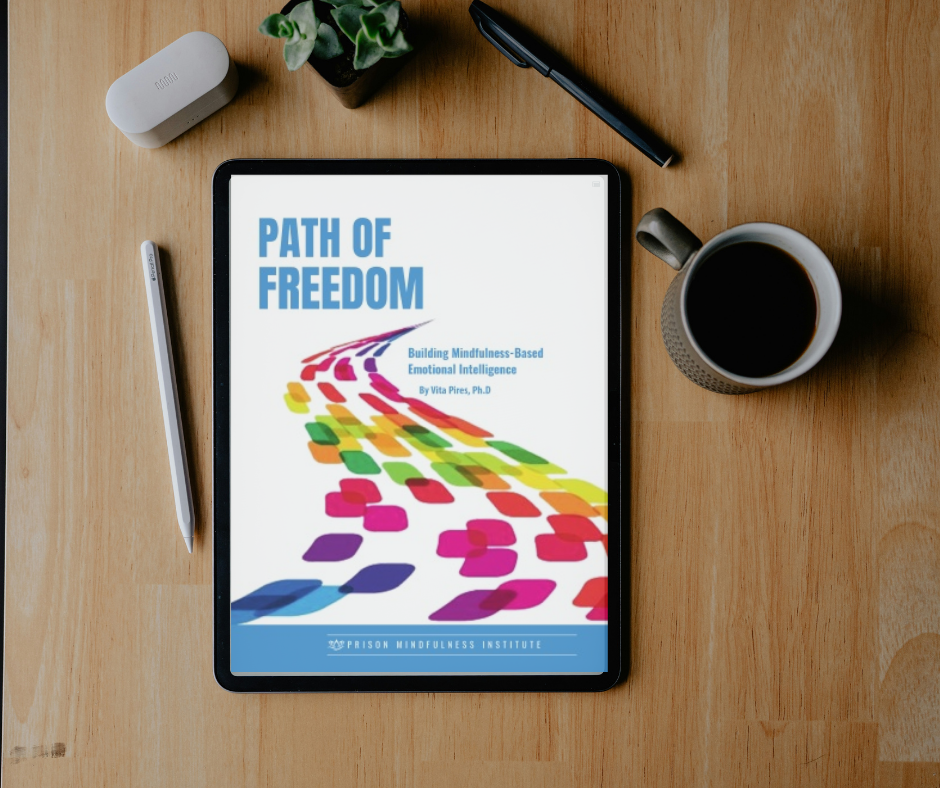Dos and Don’ts When Teaching Mindfulness
- Feb 15, 2013
- 3 min read
By Deborah Schoberlein for the Huffington Post, February 12, 2012
In education, we always try to emphasize the positive and encourage best practices; after all, promoting something good is more palatable and typically more effective than discouraging something bad.
It’s sort of like what happens when you’re driving on a road laced by potholes: It’s best to look at the smooth pavement so you automatically steer clear to safety. If you get fixated on the potholes, you’re likely to end up in them. Same thing with skiing: Instructors tell students to look at the snowy path between the trees — not at the them.
But sometimes, well, it’s just simpler to draw attention, directly, to what’s best avoided. Sometimes there’s a pothole you really need to miss, or the tree that, well, you just can’t hit. The same applies to identifying — and avoiding — some of the common mistakes that well-intentioned people make when teaching mindfulness. In particular, people:
Teach about mindfulness without mindfulness.
Suggest that they know more about mindfulness than they really do.
Promise results inappropriately.
Privilege their approach to mindfulness over others.
Believe that mindfulness can be taught and learned conceptually vs. through experiential practice.
Present the daily practice as magical, exciting and immediately uplifting.
Assume that practicing mindfulness means you’re automatically mindful.
Having named the negatives, I’d like to offer some suggestions.
Model what you teach: Your presence in the classroom is more important than any specific instructions you can offer. The idea is to demonstrate mindfulness by paying attention to what’s happening in — and around you, in current moment. That’s the real process and outcome of the practice; the techniques are simply methods for training.
Be honest about your own experience: If you practice mindfulness, acknowledge that you have some experiential familiarity with the techniques. If you aren’t a practitioner, ‘fess up — neither are your students, so you’ll learn together. As long as everyone understands the situation, that’s just fine, just avoid letting them believe you really know what you’re talking about if you don’t.
Remember that mindfulness is a practice: Of course, the practice of mindfulness begins as soon as you begin training, but it’s an ongoing experience that yields greater results with time. The brain is a muscle, and like every other muscle in the body, it gains fitness with effort and over time. Developing mental fitness is a daily activity.
Respect where your knowledge comes from: If you learned mindfulness practice in a secular context, such as through mental health training or athletic coaching, that’s fine. Likewise, if you learned in a Buddhist setting or a yoga studio, that’s fine too. Just understand that there are many roads to mindfulness, and encourage your students to find the route — and guide — that works best for them.
Emphasize the importance of personal experience: Ultimately, it’s up to each of us to discipline our own mind and watch what happens. If you practice, you’ll benefit, and your confidence and understanding will grow. Reading, thinking or talking about mindfulness can’t take the place of actually watching your mind.
Acknowledge reality: If your brain was spinning out of control with too many thoughts and emotions before you started practicing mindfulness, you’re likely to feel even worse when you begin witnessing what’s really going on. That’s normal, and interesting, but definitely not fun. Practicing mindfulness takes time; it’s often boring and tedious and uncomfortable in all sorts of ways, so the decision to submit to the rigor is powerful and personal. This highlights why finding a teacher, or at least a more experienced friend, to support your process is so essential.
Remember that practicing mindfulness is practical, not magical: The research shows many benefits: It does help improve attention, emotional regulation and resilience, and it does help enhance mental and physical health. But it’s a training process that moves inside your consciousness and only by your choice. Mindfulness develops over time; be humble about the process and enjoy the ride. Click here to read more




Comments